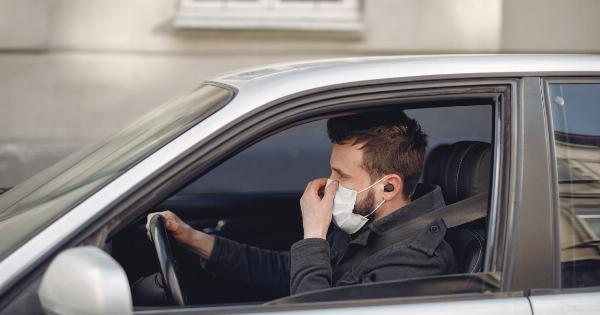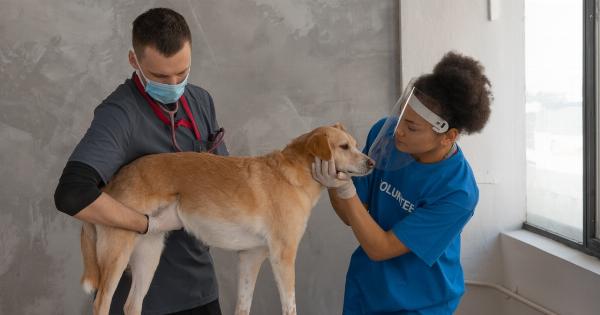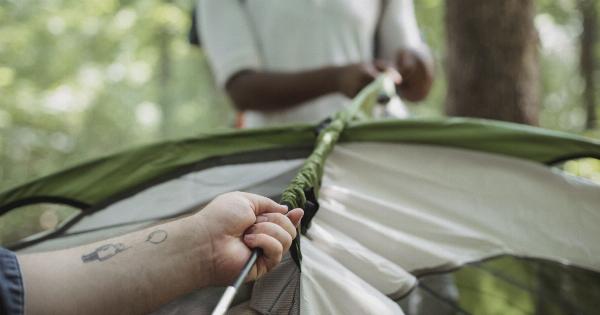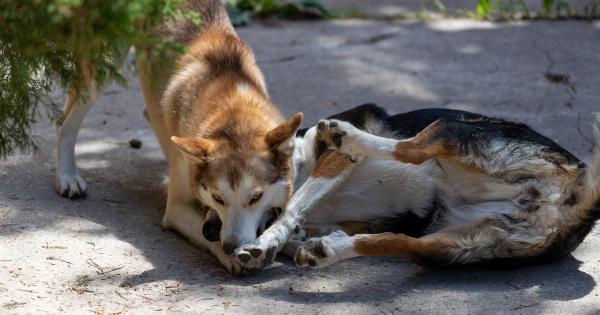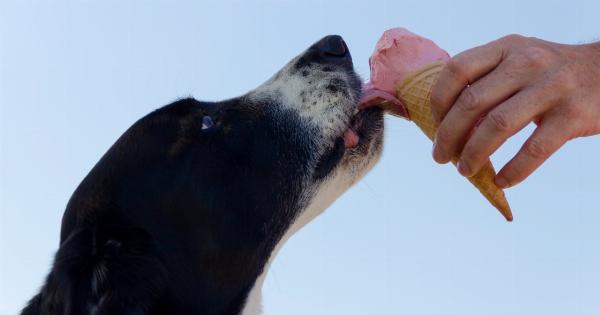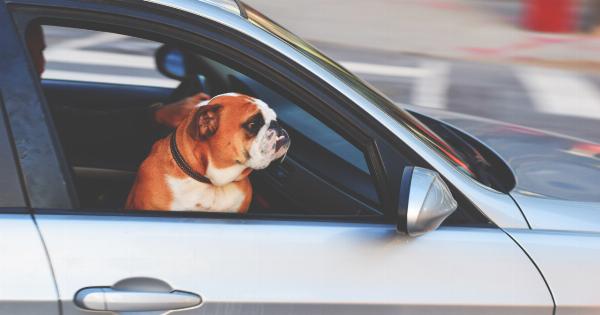Going on a road trip with pets can be an exciting adventure for both you and your furry friends. However, it’s important to take certain precautions and make necessary arrangements to ensure a smooth and enjoyable journey.
In this article, we will explore the do’s and don’ts of traveling with pets, providing valuable tips to make your road trip with pets a memorable and stress-free experience.
1. Do Plan Ahead
Before embarking on a road trip with your pets, it is essential to plan ahead.
This includes researching and mapping out pet-friendly accommodations along your route, finding pet-friendly attractions and parks, and identifying veterinary clinics or emergency services in case of any unexpected situations. Additionally, make sure to pack all the necessary items for your pets, such as food, water, bedding, toys, medications, and portable litter boxes or waste bags.
2. Don’t Leave Pets Unrestrained
One of the most crucial aspects of traveling with pets is to ensure their safety inside the vehicle. Never allow your pets to roam freely within the car as it can be dangerous for both them and you.
Use appropriate pet restraints such as crates, carriers, or pet seat belts to keep them secure during the journey. This will prevent distractions while driving and reduce the risk of injuries in case of sudden stops or accidents.
3. Do Take Breaks Regularly
Just like humans, pets need regular breaks during long road trips. Plan frequent stops along the way to allow your furry companions to stretch their legs, relieve themselves, and get some fresh air.
Use pet-friendly rest areas or parks where they can safely roam around while being on a leash. Remember to bring water and a portable bowl for hydration, especially during hot weather.
4. Don’t Leave Pets Alone in the Car
Leaving pets unattended in a car, especially during warm or hot weather, can have tragic consequences. The temperature inside a parked vehicle can rise quickly and reach dangerous levels even with cracked windows.
Heatstroke is a genuine threat to pets, so never leave them alone in the car. If you need to make a stop where pets are not allowed, ensure someone stays with them or find pet-friendly alternatives.
5. Do Acclimate Pets to the Car
Some pets may experience anxiety or motion sickness while traveling in a car. To help them acclimate, gradually introduce them to short car rides before the big road trip. Start with quick trips around the block, gradually increasing the duration.
This can help reduce stress and make them more comfortable during the actual journey. Additionally, consult with your veterinarian about anti-anxiety medications or natural remedies that may ease their travel-related discomfort.
6. Don’t Feed Pets Before Traveling
To prevent motion sickness or accidents inside the car, it’s advisable not to feed your pets right before embarking on the trip. Instead, offer them a small meal a few hours before departure.
However, do ensure they stay hydrated throughout the journey by providing access to fresh water during breaks. Talk to your veterinarian about any specific dietary recommendations for your pets during travel.
7. Do ID Your Pets
Before hitting the road, make sure your pets have proper identification. Ensure they are wearing a collar with an up-to-date ID tag that includes your contact information. Additionally, consider having your pets microchipped as a precautionary measure.
In the unfortunate event that your pets get lost during the trip, proper identification will greatly increase the chances of a reunion.
8. Don’t Let Pets Stick Their Heads Out
While it may seem adorable to see pets enjoying the wind blowing through their fur, allowing them to stick their heads out of car windows can be extremely dangerous.
They can be hit by flying debris, insects, or even get injured due to sudden maneuvers or accidents. Keep all windows secured and consider using pet window barriers or mesh screens to ensure their safety while still enjoying the fresh air.
9. Do Have a First Aid Kit
Accidents or injuries can happen while on the road, so it is wise to have a pet-specific first aid kit readily available.
Include essentials such as bandages, antiseptic wipes, tweezers, tick removers, and any necessary medications prescribed by your veterinarian. Familiarize yourself with basic first aid procedures and consult your vet for specific advice regarding pet emergencies.
10. Don’t Ignore Your Pet’s Comfort
During the journey, it is important to consider your pet’s comfort to make the road trip enjoyable for them.
Ensure proper ventilation in the vehicle, avoid exposing them to extreme temperatures, and provide adequate bedding or blankets for a cozy spot. Familiar scents, such as bringing their favorite toys or bedding from home, can also help reduce stress and create a sense of familiarity during the trip.
Conclusion
Road trips with pets can be incredibly rewarding experiences, creating precious memories with our beloved companions.
By following the do’s and don’ts outlined in this article, you can ensure a safe, comfortable, and enjoyable journey for both you and your pets. Remember, proper planning, preparation, and attention to their well-being are the keys to a successful road trip with your furry friends.

